Conversion Rate Optimization
Conversion Rate Optimization (CRO) is the process of increasing the percentage of website visitors who take a desired action, such as making a purchase, filling out a form, subscribing to a newsletter, or clicking a call-to-action button. CRO involves analysing user behaviour, testing different versions of content or design, and making data-driven changes to improve performance, all without needing more traffic.
Why CRO Matters
- Boosts revenue without increasing ad spend
- Improves user experience
- Maximizes ROI from existing traffic
- Helps identify and fix website barriers
What is Conversion Rate Optimization (CRO)?
Conversion Rate Optimization (CRO) is the process of improving your website or landing page to increase the percentage of visitors who complete a desired action — like buying a product, signing up, filling out a form, or clicking a button.
Instead of just getting more traffic, CRO helps you get more results from your existing traffic by making your site more persuasive, clear, and user-friendly.
Example:
If 1,000 people visit your website and 50 make a purchase, your conversion rate is 5%.
CRO focuses on increasing that percentage — without needing more visitors.
Advantages of Conversion Rate Optimization (CRO)
Why optimizing for conversions is smarter than just increasing traffic
Increases Sales Without More Traffic
CRO helps you get more leads or sales from the same number of visitors, improving ROI without extra ad spend.
Boosts Return on Investment (ROI)
By converting more visitors, you make better use of your existing marketing budget and resources.
Improves User Experience (UX)
CRO removes friction and makes your website more intuitive, faster, and easier to navigate.
Reduces Customer Acquisition Cost (CAC)
When more visitors convert, the cost to acquire each customer goes down — saving money.
Provides Valuable Customer Insights
A/B testing and behavior analysis reveal what your audience prefers and how they interact with your content.
Enhances Brand Credibility
A well-optimized, user-friendly site builds trust, reduces bounce rates, and encourages return visits.
Faster Business Growth
More conversions mean more revenue, leads, or signups — helping you scale faster.
Strengthens Marketing Performance
When your pages convert better, all marketing channels — from SEO to ads — perform more efficiently.
Types of Conversion Rate Optimization (CRO)
Explore the various CRO approaches tailored to different business goals and user experiences
Website CRO
Optimizing entire websites (homepages, product pages, service pages) to increase engagement and conversions.
Example: Improving layout, reducing page load time, enhancing CTAs.
Landing Page CRO
Focuses on optimizing specific landing pages built for campaigns or lead generation.
Example: A/B testing headlines, button colours, or form fields.
Mobile CRO
Ensures websites and landing pages convert well on smartphones and tablets.
Example: Mobile-friendly design, tap targets, faster loading.
E-commerce CRO
Improves product pages, checkout processes, and navigation to increase purchases.
Example: Trust badges, product recommendations, cart recovery.
Lead Generation CRO
Optimizes forms, pop-ups, and CTAs to capture more leads.
Example: Reducing form fields, adding social proof.
Behaviour-Based CRO
Uses heatmaps, session recordings, or exit-intent popups to understand and optimize user behaviour.
Tools: Hotjar, Crazy Egg, Google Optimize.
A/B Testing & Multivariate CRO
Tests two or more versions of a page element to see which performs better.
Purpose: Identify what works best with real users.
Content CRO
Optimizes how content is written, structured, and presented to drive conversions.
Example: Clear messaging, emotional triggers, storytelling.
Goals of Conversion Rate Optimization (CRO)
Key objectives that CRO helps your business achieve efficiently and effectively
Increase Conversions
Turn more website visitors into customers, leads, subscribers, or buyers.
Improve User Experience (UX)
Make the site easier, faster, and more enjoyable to navigate — reducing drop-offs.
Reduce Bounce Rate
Keep visitors engaged by improving content relevance, design, and usability.
Maximize ROI from Existing Traffic
Get more value out of current visitors without increasing ad spend.
Increase Lead Quality
Attract and convert more qualified leads who are likely to become paying customers.
Optimize Sales Funnel
Identify and fix the points where users drop off in the conversion journey.
Enhance Customer Trust
Use testimonials, trust badges, and easy navigation to build credibility and loyalty.
Support Business Growth
CRO helps scale revenue, leads, and sign-ups efficiently — driving faster growth.
Tools We Use for Conversion Rate Optimization (CRO)
Powerful tools and platforms we use to analyze, test, and optimize your conversion rates
Google Analytics (Free)
Tracks user behaviour, conversion paths, bounce rates, and helps identify optimization opportunities.
Google Optimize (Free / Basic A/B Testing)
Allows A/B testing and multivariate testing to compare different versions of a webpage.
Hotjar / Microsoft Clarity
Heatmaps, session recordings, and user behavior insights to see where users click, scroll, or drop off.
Crazy Egg
Click maps, scroll maps, and A/B testing tools to improve user experience and conversions.
Optimizely (Advanced CRO Platform)
Enterprise-grade experimentation and personalization platform for advanced A/B testing.
HubSpot (CRM + CRO)
Includes form optimization, smart CTAs, lead tracking, and website personalization features.
Unbounce / Instapage
Landing page builders with built-in A/B testing and analytics for better page-level conversions.
Mailchimp / Active Campaign
Email CRO tools for A/B tested campaigns, CTA improvements, and audience segmentation.
VWO (Visual Website Optimizer)
All-in-one platform for A/B testing, heatmaps, session tracking — perfect for scaling CRO efforts.
FAQs
• Purchases
• Sign-ups
• Form submissions
• Phone calls
• Downloads
• Clicks on a CTA
Depending on the website and testing cycle, you may start seeing results in 2–8 weeks, especially with A/B testing and data-driven changes.
• A/B testing
• Heatmap analysis
• Reducing form fields
• Improving CTAs
• Mobile optimization
• Faster page loading
No, but more traffic gives faster and more reliable test results. Even small businesses can benefit from basic CRO improvements.
• SEO brings people to your website.
• CRO converts those visitors into leads or customers.
They work best together.
• Google Analytics
• Hotjar / Microsoft Clarity
• Google Optimize / Optimizely
• Crazy Egg
• HubSpot
• Unbounce
Our Clients








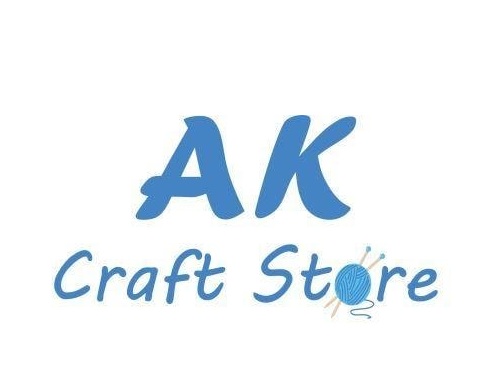


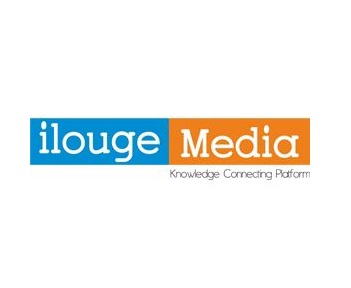

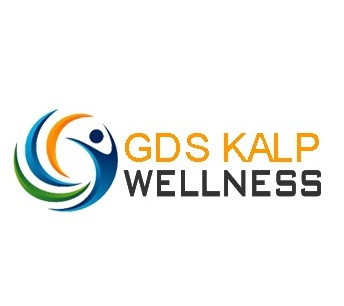
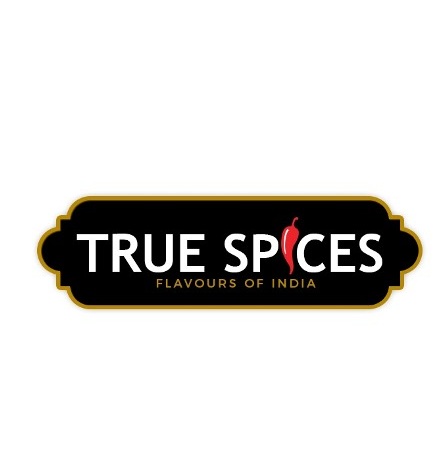

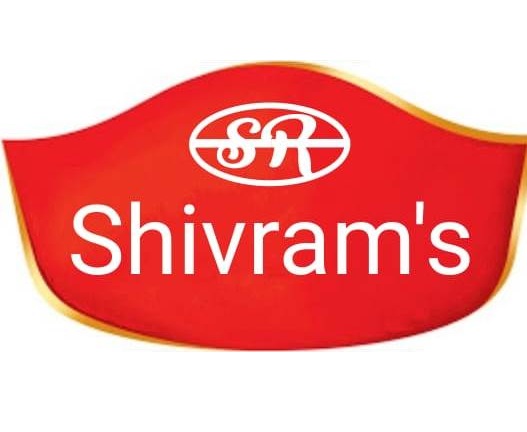
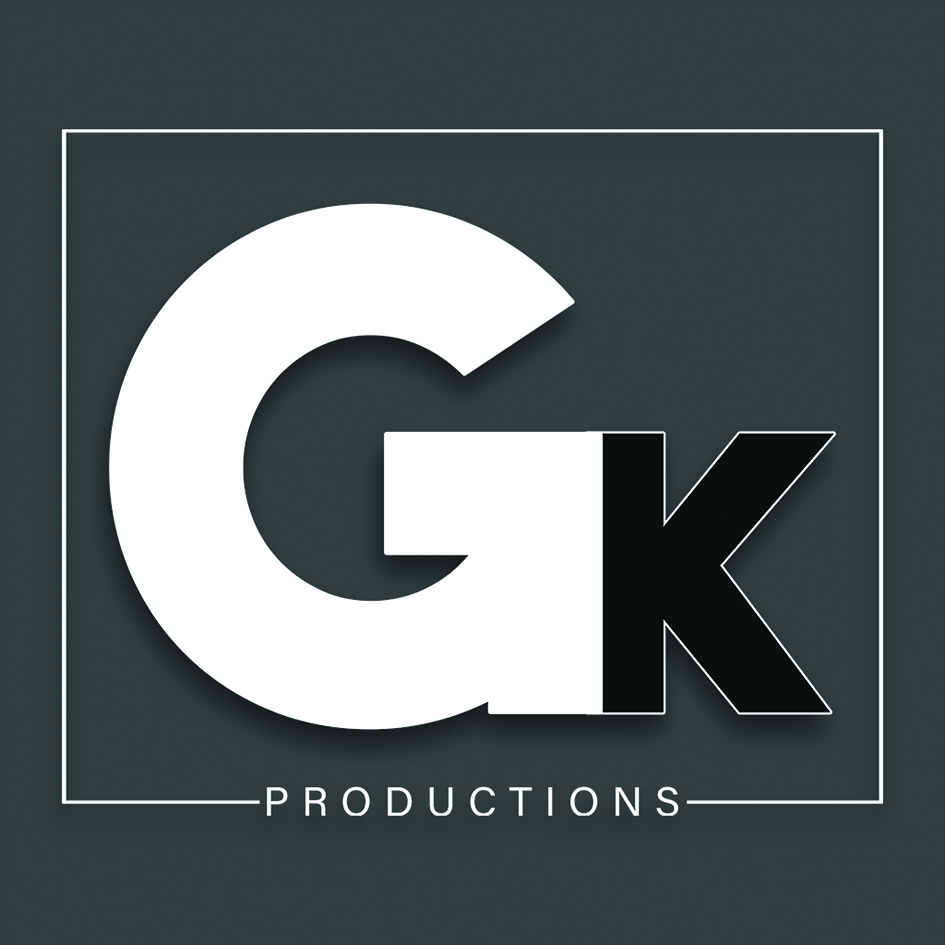
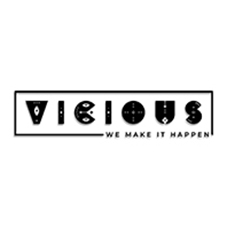


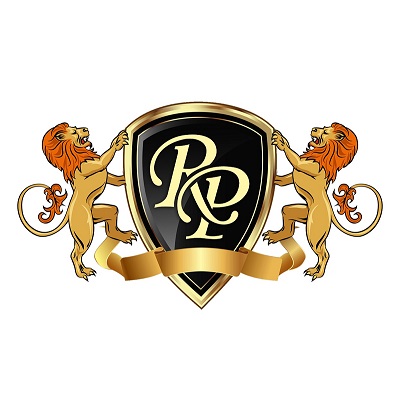

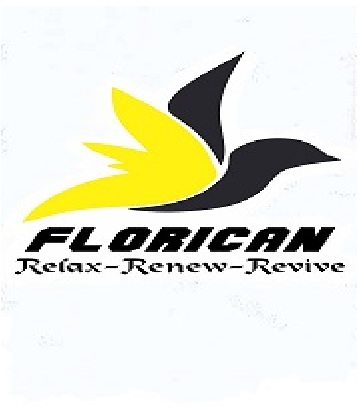
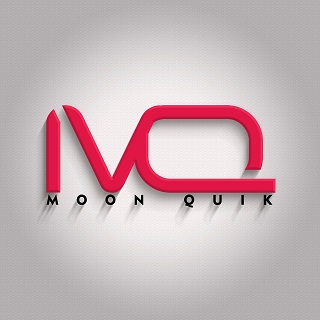
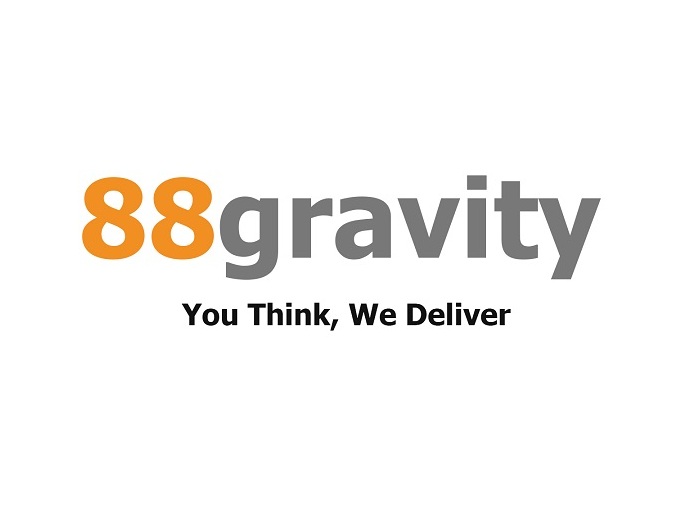

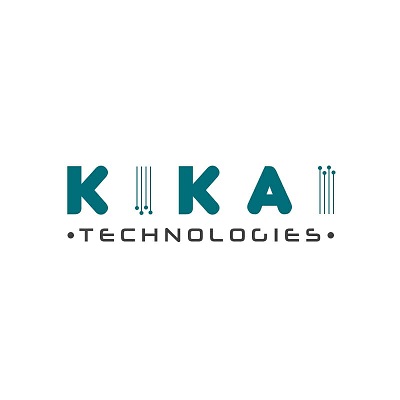
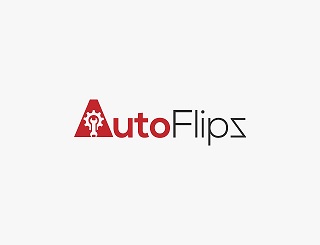
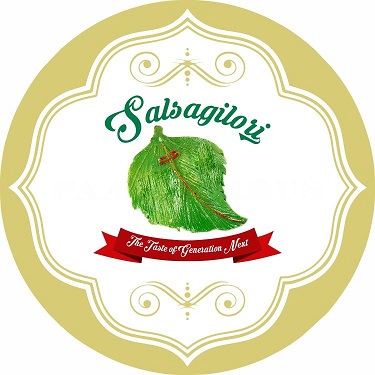
Our Services
Registration
Legal Services
Digital Marketing
Search Engine Optimization Social Media Optimization Pay per click Email Marketing Content Marketing Reputation Management Conversion Rate Optimization Digital Consultancy Video Marketing© startupgroww.in. All Rights Reserved.
Disclaimer: We are a private consulting firm and are not affiliated with any government authority. Our team provides professional assistance to help businesses register with the Ministry of Corporate Affairs (MCA). All services are offered independently and transparently.
